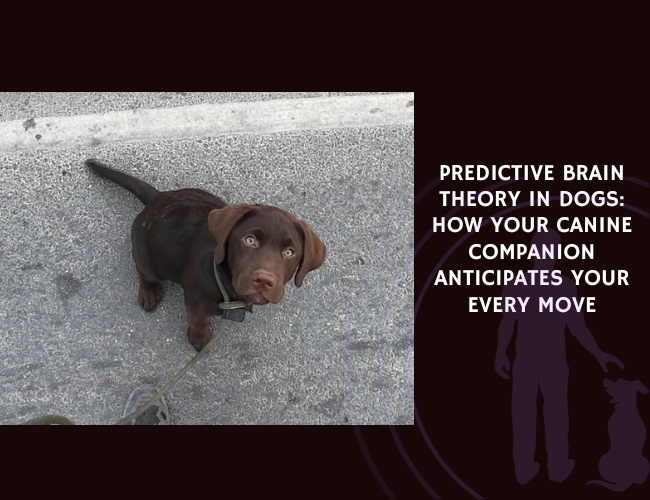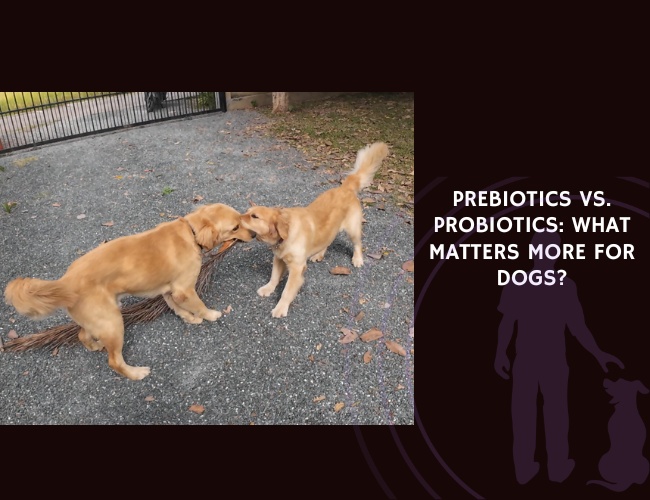Guide dogs serve as essential companions for blind individuals, yet nearly 70% of candidates fail to qualify—most often due to behavioral issues rather than health or skill. Researchers in Japan analyzed key temperament traits to identify which behaviors best forecast training outcomes.
Using trainer-completed questionnaires on 22 behavioral traits from dogs three months into training, the study evaluated three main behavioral factors: Distraction, Sensitivity, and Docility. Of these, Distraction—a dog’s tendency to be easily sidetracked by stimuli—emerged as the most significant predictor of failure.
Dogs who ultimately succeeded showed lower Distraction scores and higher Docility scores. The predictive power of Distraction alone was strong: it correctly identified qualification outcomes with an accuracy of 80.6% and flagged 28.2% of failed dogs who had higher distraction levels than any qualified peer.
Other traits such as Aggression and Animal interest were also associated with failure but were less consistent than Distraction. These findings suggest that early screening tools focusing on Distraction could drastically reduce wasted time and training resources, allowing for better candidate selection at earlier stages.
The study emphasizes how behavioral science can optimize service dog training programs, improving both efficiency and long-term outcomes for dogs and their future human partners.
Source: Sayaka Arata, Y. Momozawa, Y. Takeuchi, Y. Mori, Journal of Veterinary Medical Science, May 1, 2010.









